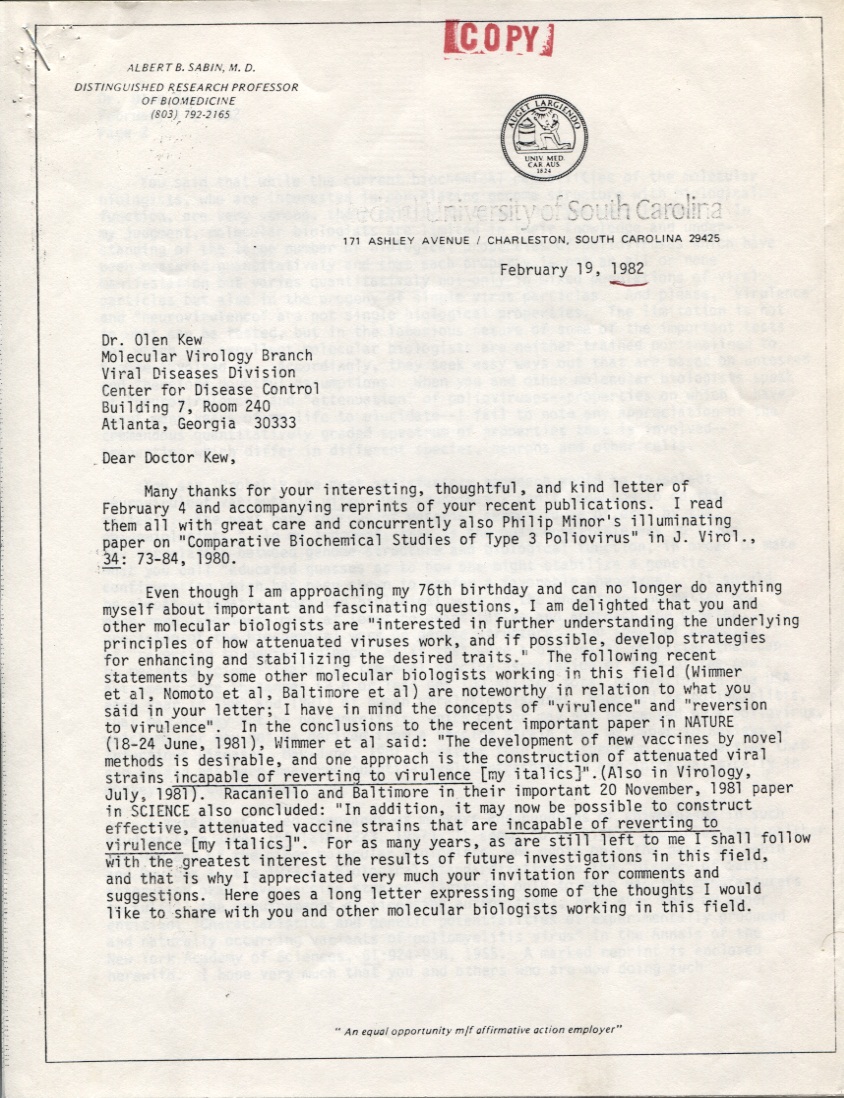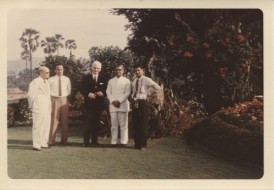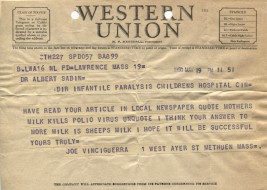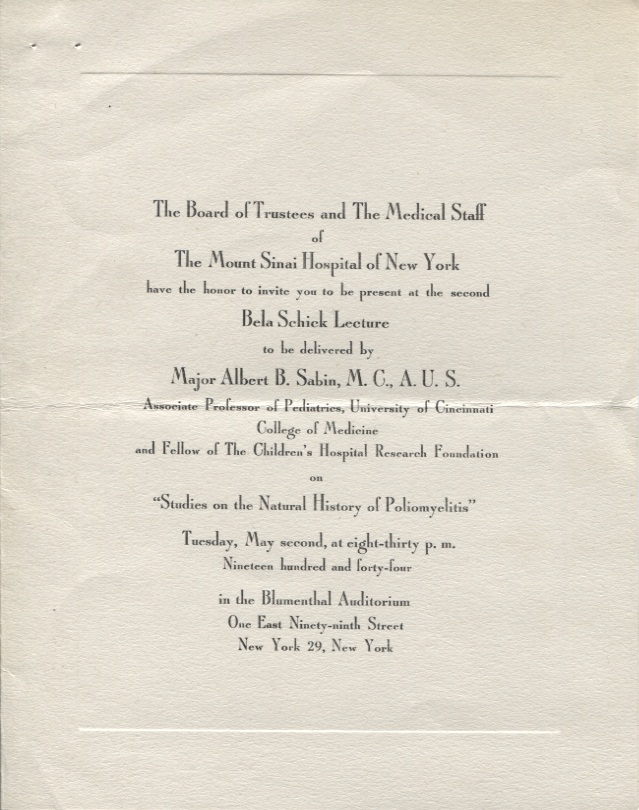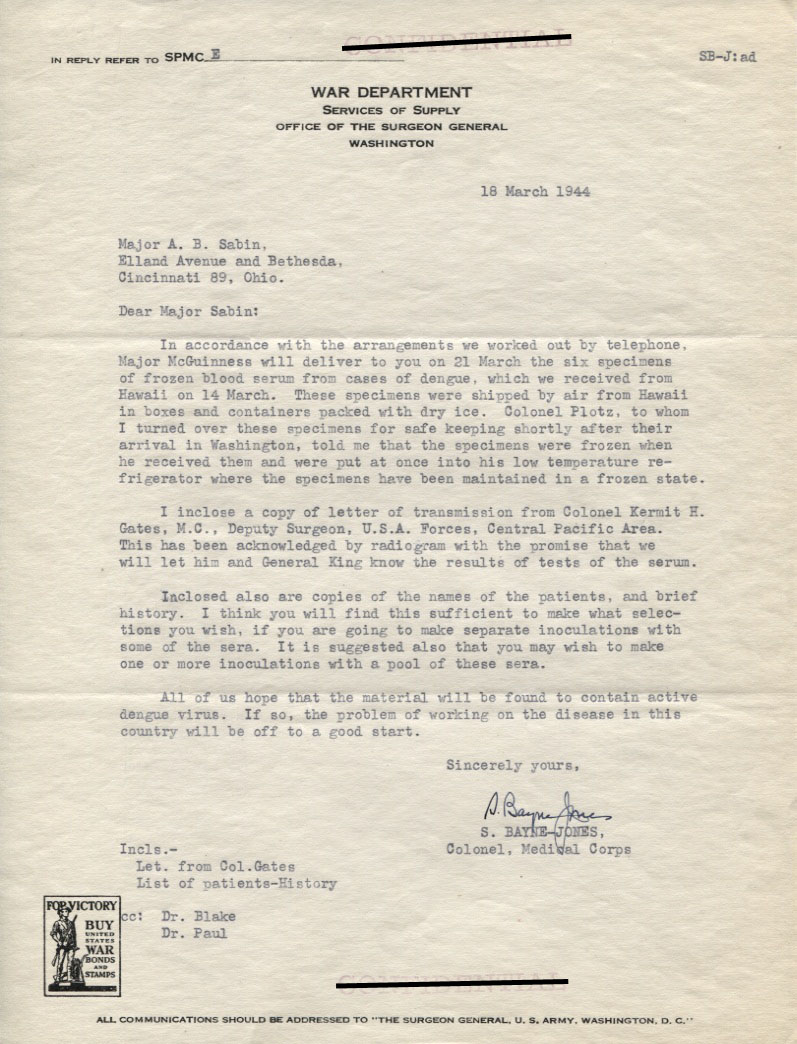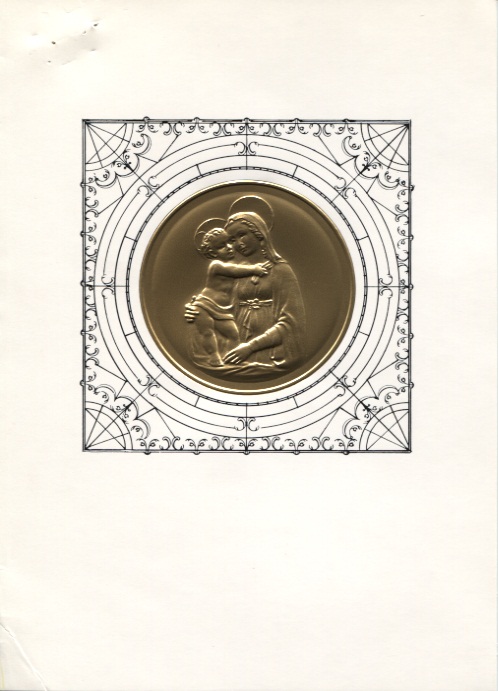
Page from the booklet called, "A Tribute to Albert B. Sabin." This is a copy of a certificate signed by former President Bill Clinton.
The nineteenth anniversary of Dr. Albert B. Sabin’s passing has recently occurred. In memory of Dr. Sabin, I thought I would take a look at some materials that were published shortly after he passed away on March 3, 1993. An introduction to the 1993 issue of Biologicals paying homage to Dr. Sabin said, “The contributions of Albert B. Sabin to modern virology and to public health remain so huge and his personality was so rich and unusual, that it is difficult to pay proper homage in a short article.”[1] This quote is still very true today, but hopefully these materials can share some insight into how friends and colleagues felt at the time. Continue reading



